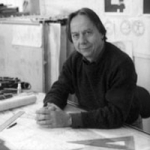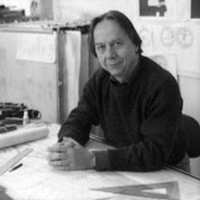
Mr. Lajos Heder
Worst Practices in Public Art Project Management
Posted by Feb 14, 2013

Mr. Lajos Heder
As part of the effort to reinvigorate our public art conversations and bring more artists into the discussions, I agreed to enter the fray on best practices in the public art field. I will bring up some instances when as artists we felt badly-used during project development and see if this can lead to a thoughtful conversation rather than just a bitching session. I want to preface by saying that in 85% of the more than 40 built projects my partner Mags Harries and I have completed, we have had fair treatment and dedicated support from our project managers and client agencies for which we are very grateful. This is a very good batting average. I should write a much longer entry singing the praises of our many project manager heroes. My apologies to all the good guys (actually mostly ladies) but hey, conflict makes for better stories and more blog comments. So this is about that other 15%. What were the factors that caused these projects to go off the rails?
- There was confusion about what the client really wanted that did not jive with what the artist proposed to do—a fact revealed late in the process.
- The design team was not in agreement. There were personality conflicts within the team before the artist arrived and the other team members did not understand or agree on the artists’ role. Read More










